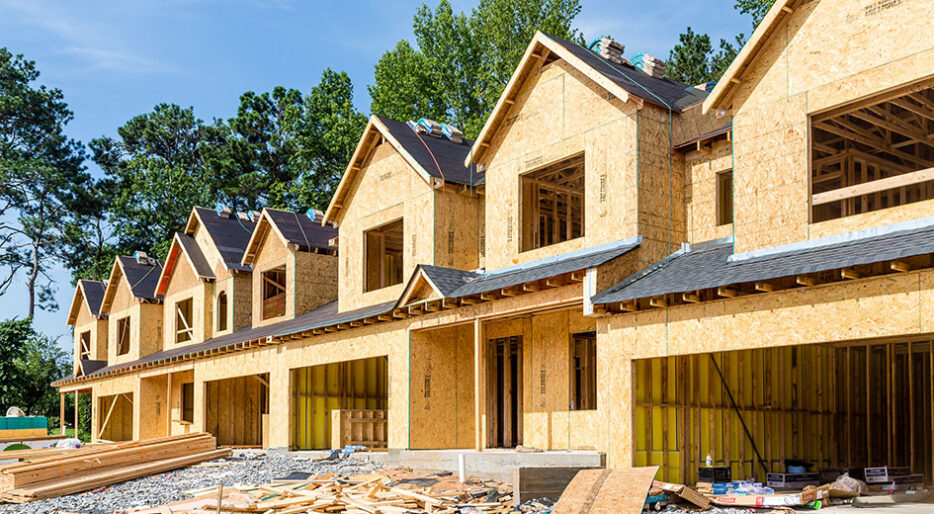The government of B.C. announced new rules, now in effect, to facilitate the delivery of more housing and provide more clarity around rezoning processes. In the fall of 2023, the Province passed Bill 44, the Housing Statutes (Residential Development) Amendment Act, requiring that the zoned capacity of land reflect local housing needs while shifting to a more proactive community-based approach. Essentially, this shift entails more upfront community planning and improvements to outdated zoning rules to make housing development faster and increase the different types of housing available.
Local governments will continue to complete a Housing Needs Report (HNR) as part of the new process; however, the report will be completed every five years and require the use a new provincial standardized method—the HNR method—for calculating housing need. The Province says these changes will result in a more “robust, comparable and consistent approach” to identifying the number of housing units needed, both currently and over five and 20 years in each community, and will align with the new requirements related to small-scale, multi-unit housing.
Other changes include a new requirement to provide information about the need for housing close to transit, cycling and pedestrian infrastructure.
All local governments must complete an interim HNR by Jan. 1, 2025, after which municipalities have one year to update their official community plans (OCP) and zoning bylaws. In each municipality, the updated OCP and zoning bylaws must accommodate the number of housing units identified in the HNR.
The Province has developed guidance documents and other resources, available at:www2.gov.bc.ca/gov/content/housing-needs-reports.






